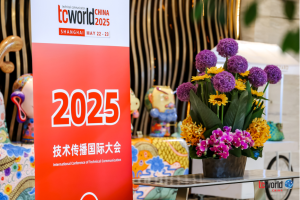When your company encounters language service requirements such as translation during the internationalization process of your business, you will inevitably come into contact with the translation quotes provided by suppliers and evaluate them. So, facing these various prices, are you curious about how they are calculated and whether they are accurate and reasonable?
Factors that Affect Quoting
Quoting is not just a game of stacking up numbers, as any quote represents a set of business analysis logic, from demand to delivery. The following factors may directly or indirectly affect the quote:
- Service type: The service type determines the most basic pricing logic for the quote. The price difference between translation and interpretation is significant, and there are also differences in the prices for technical manual translations and marketing-oriented transcreation. If the initial profiling of the service type is deviated, the result of the final quote may also be distorted.
- Billing method: different billing methods exist for any service types, such as billing typesetting services based on the number of pages or human work hours. Different demand scenarios can distinguish interpretation services, and companies can bill them hourly or daily.
- Language pair: Both the source language and the target language affect the price difference of language pairs because they directly determine the amount of available translator resources. Specific countries and regions also link it to the cost of living or exchange rates. Of course, it is very important to confirm the language usage situation in the target market, especially to understand the differences between different language variants.
- Content difficulty/usage scenario: Different business requirements for different types of content and difficulty types face different audiences and publishing scenarios, and have very different requirements for translator qualifications and delivery. This will also have an impact on the price.
- Demands: If your demands are stable in the long-term within the enterprise, then this continuous demand can help you obtain a more favorable price when you have stable cooperation with your supplier.
Aligning Requirements is the Core of Quoting
You might think that quotes are just a supplier's affair, and that since you can compare prices, customers can always get cheaper and more affordable prices. However, this is not the case. Apart from the high and low prices, the most important aspect of a quote lies in the alignment between requirements and delivery. Otherwise, overpaying for simple requirements is a waste of cost, and underpaying for complex requirements is risky in terms of quality. In the end, it hurts your business.
Conclusion
For businesses facing international challenges, it is more important to analyze and align with suppliers on a professional and comprehensive level, rather than just focusing on a single service quote. Both the customer and supplier can only achieve such a collaborative relationship after they have a deep mutual understanding and communication. In other words, behind seemingly simple numbers, professionalism and trust are essential.




![[Regulatory Update] Egypt Imposes New Certification Rules for Manual Translations [Regulatory Update] Egypt Imposes New Certification Rules for Manual Translations](https://maxsuntranslation.com/wp-content/uploads/2025/06/Egypt-Imposes-New-Certification-Rules-for-Manual-Translations-1-300x109.png)

